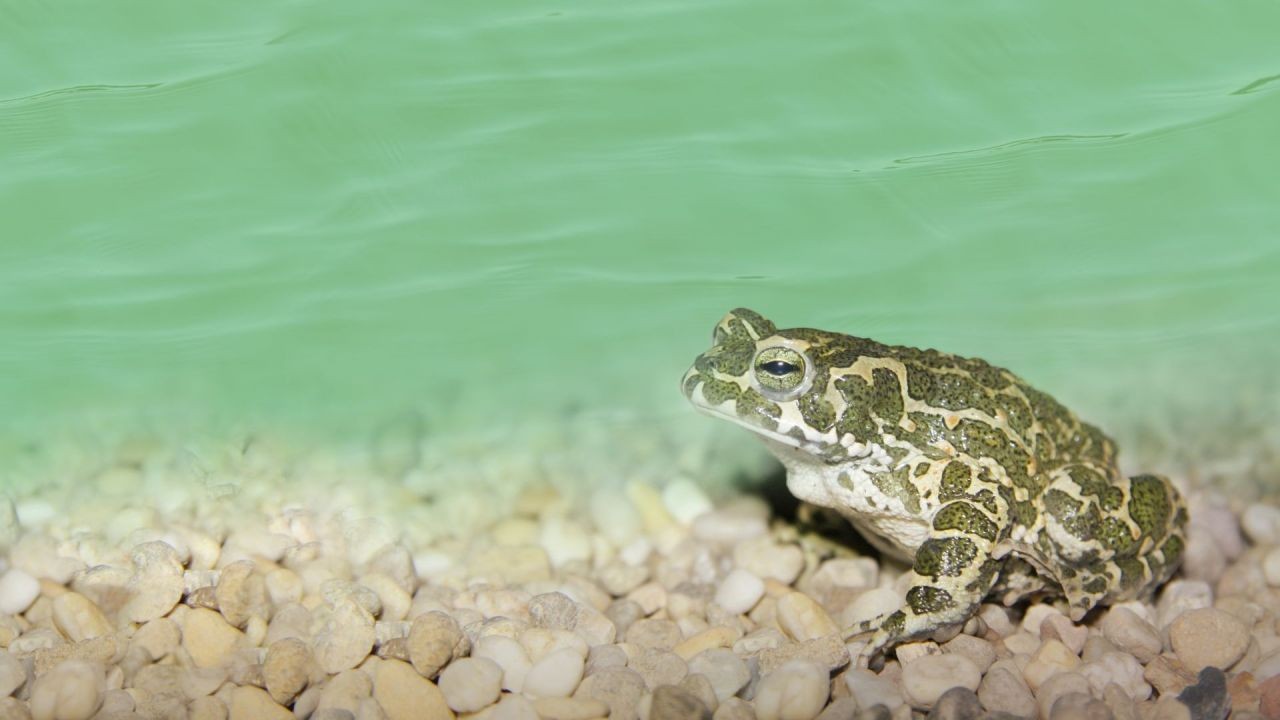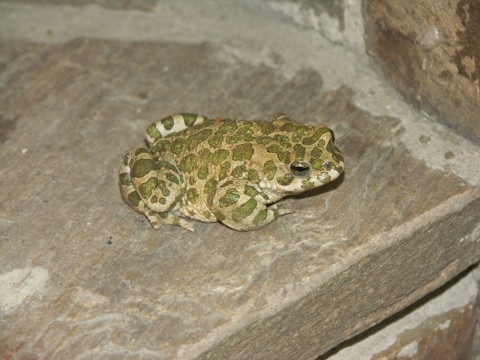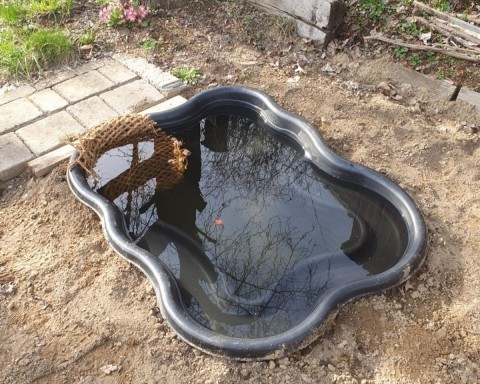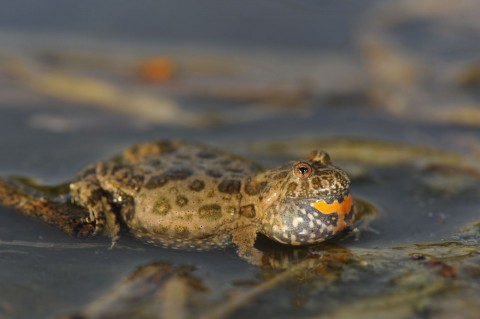The AmphiBiom Project – citizen scientists help to locate Amphibians in Austria
Amphibians (frogs, toads, salamanders, newts) are highly threatened with extinction, largely because of humans. We have extensively modified natural environments, removed and reshaped naturally occurring water bodies, created a sprawling road network often deadly for animals, polluted with chemicals and pesticides, introduced and maintained predatory fish and invasive pests, and likely aided the global spreading of fungi often lethal to amphibians. To survive, amphibians and their habitats need our help now. So what can we do?
One conservation initiative in Austria is the project AmphiBiom. It lasts until the end of 2025 and along with a dedicated team of experts from Boku University, the Natural History Museum Vienna and the Viennese Municipal Departement 45 - Water Management, its success relies on establishing a broad support from concerned enthusiasts, or citizen scientists. Although we are interested in all 21 amphibian species occurring in Austria, the project focuses on the threatened Green toad (Bufotes viridis in science-speak) that occurs predominantly in the east. It is a pioneer species that can survive in a range of terrestrial habitats, including rather urbanized environments. Its natural spawning waters are small temporary steppe lakes or pools filled after rainfall or formed after flooding, with plenty of sunlight, but these are largely gone. However, the Green toads adapted and now also spawn in a number of (semi-)artificial waters.Therefore, within the project we aim to increase the general public's awareness about amphibians, involve it in species and habitat conservation, and instill the confidence that the survival of species is at times attainable with little effort. AmphiBiom utilizes professional expertise to guide a nation-wide citizen science effort to study and protect amphibians.
Furthermore, as the lack of spawning waters is a key conservation issue for amphibians, we developed the Pond Initiative within the project. With the aid of citizen scientist, we are setting up 300 standardized small plastic garden ponds across private land in Austria, in which amphibians could reproduce. After creating the suitable breeding habitats, the volunteers will monitor the amphibians and invertebrates occurring in the ponds in a consistent, comparable way. Often, invertebrates (mosquito larvae, crustaceans, swimming beetles and water bugs) colonize the waters first. By closely monitoring this progressive colonization we can understand the ecological and conservation effects of establishing small ponds. Evaluating this management action will clarify in which areas such measures could contribute positively to maintaining or reestablishing amphibian populations.
Finally, an integral part of the previous two portions of the project that also extends beyond them is to collect scientific data from across Austria that can inform future conservation studies. A major tool for the aspiring citizen scientists, whether involved in the Pond Initiative or not, is the specially developed AmphiApp mobile phone application (available in German and English). It enables people to record, manage, and share their amphibian observations with researchers and other citizens. The app collects in a single package textual information, observation location including accurate coordinates, photographs, and recorded calls of breeding amphibians. The shared data are then verified by AmphiBiom experts.
Collecting breeding call samples using AmphiApp will allow us to not only verify the species. For amphibians, calling to attract mates is vital in increasing the chances for successful mating for the males and is highly energy demanding. Analyzing the call characteristics (e.g. pitch and pulse rate) can provide valuable insight into the life of toads. It has been shown that birds adapt their songs to environmental noises (e.g. busy roads lead to shifts in duration, timing, or type of song). As the Green toad may spawn near high noise pollution (e.g. directly next to roads and in cities), we will compare the calls in such environments with those from quieter locations (e.g. national parks). Likely toads will spent more energy by calling stronger in louder environments, which could decrease their fitness by depriving them of energy to survive winter conditions, invest in growth or feeding, or avoid predators. We expect an increase in the fundamental tone and pulse rate of animals in areas with higher noise pollution. The data collected in the course of this monitoring represents the ideal basis for research into such call changes in urban areas.
But why are citizen scientists invaluable for nature conservation? Here are only some reasons, within the framework of AmphiBiom. Considering the limited resources available to the professionals that study amphibians (known as herpetologists), citizen scientists are vital in rapidly collating a large dataset of high-quality data on species ecology and distribution, representing a snapshot of the present. For example, citizen scientists can record from their private properties, which are often inaccessible for research but cover extensive lands, highly improving our understanding of the current distribution of species. Large datasets enable researchers to analyze important questions about the distribution and ecology of amphibians. Location information ascertains where Green toads occur currently in Austria, and allows us to compare this with historic data to identify potential areas where the species disappeared or remains insufficiently sampled. Exact localities with coordinates aid in identifying macro- and micro- characteristics of the landscape that might influence the presence of the species – e.g. the type of land use around observations (arable lands, pastures, forests) or the sizes and types of the waters used for spawning. We can also identify hotspots – either sites that seemingly produce and maintain a lot of toads or highly dangerous areas with high mortality such as specific road segments. We can analyze the temporal activity of toads, e.g. when they start breeding and for how long, both at the local level and across the different climatic conditions going from the east versus west, important for mitigating the effects of the global climate changes.
We at AmphiBiom are excited about learning more about the Green toads and the other amphibians in Austria and aid in their conservation. We hope you get involved as well and join our efforts. More information about the project, Austrian amphibians, and the AmphiApp is available on the website.
Yurii Kornilev, on behalf of the AmphiBiom team
„Dieses Projekt wird durch den Biodiversitätsfonds des Bundesministeriums für Klimaschutz, Umwelt, Energie, Mobilität, Innovation und Technologie gefördert."
Ähnliche Beiträge
Kommentare
By accepting you will be accessing a service provided by a third-party external to https://www.citizen-science.at/






